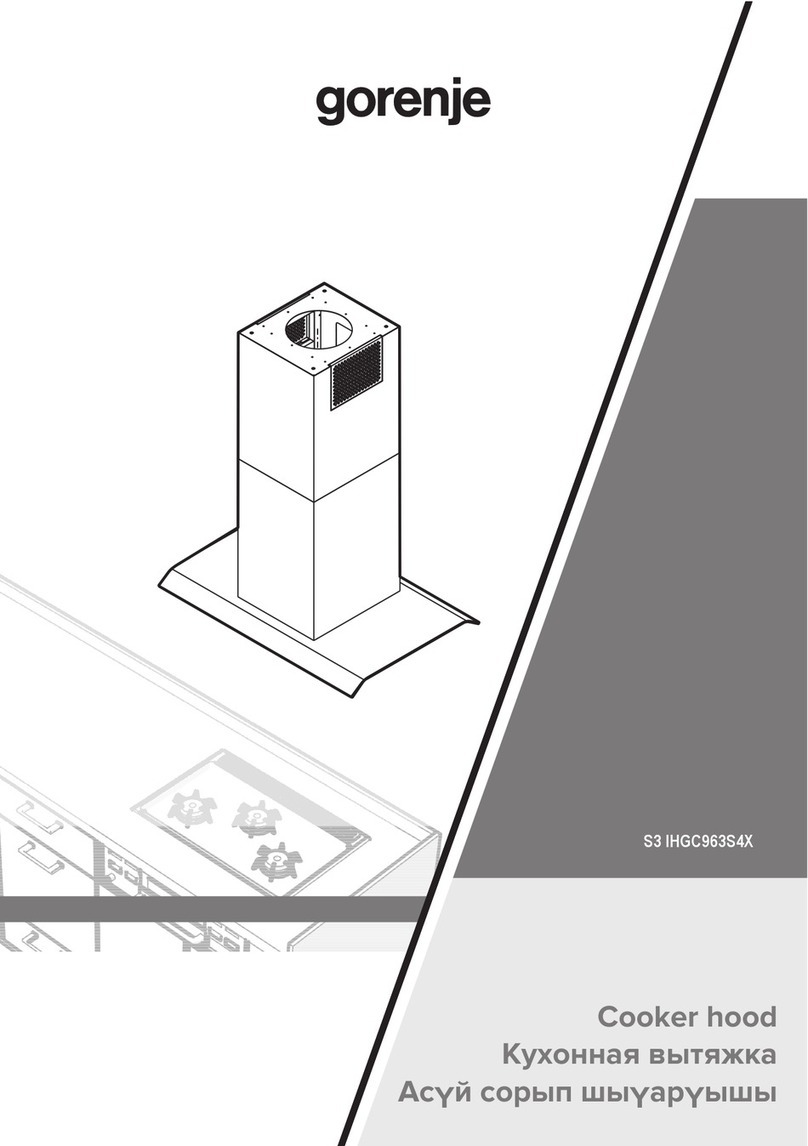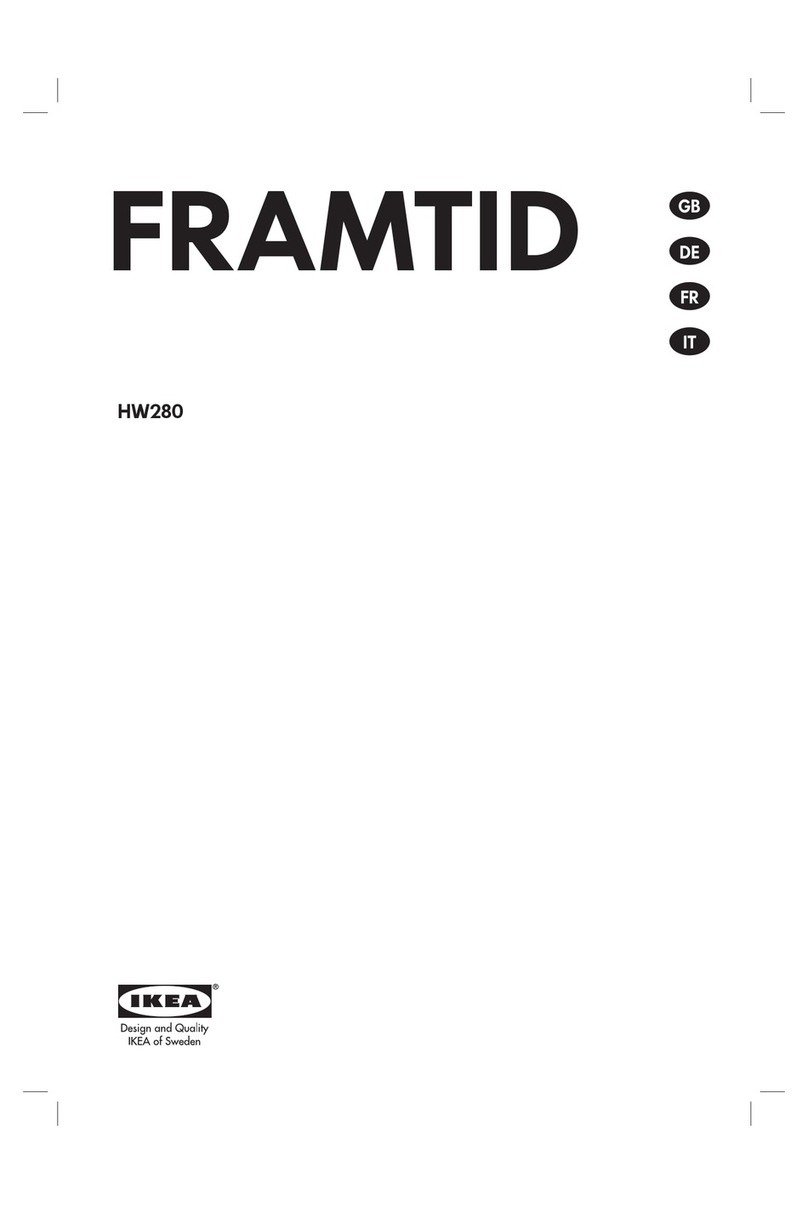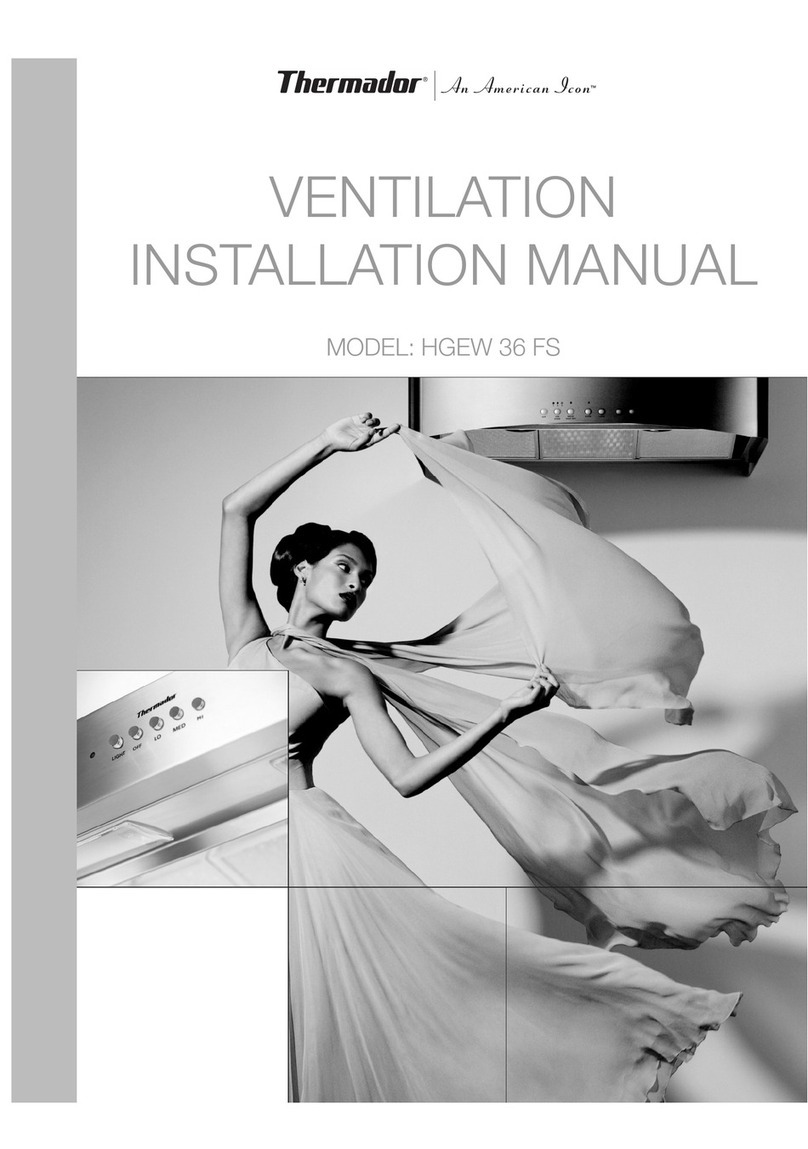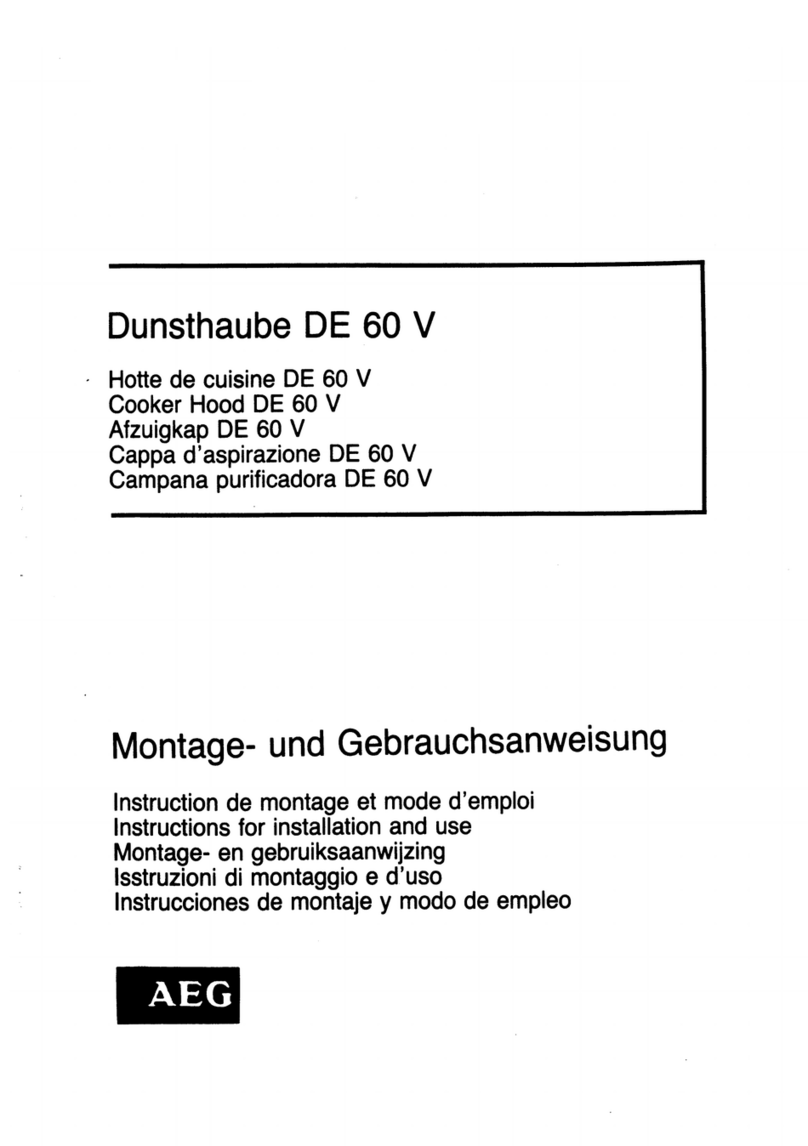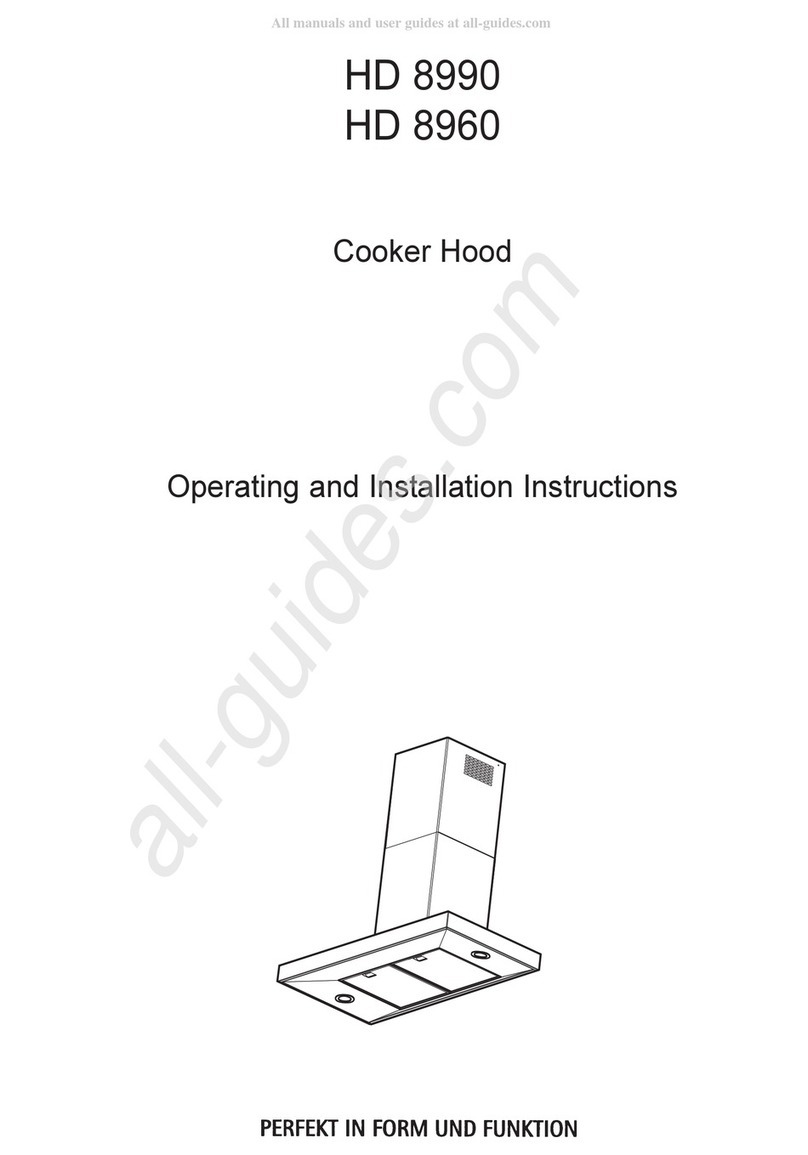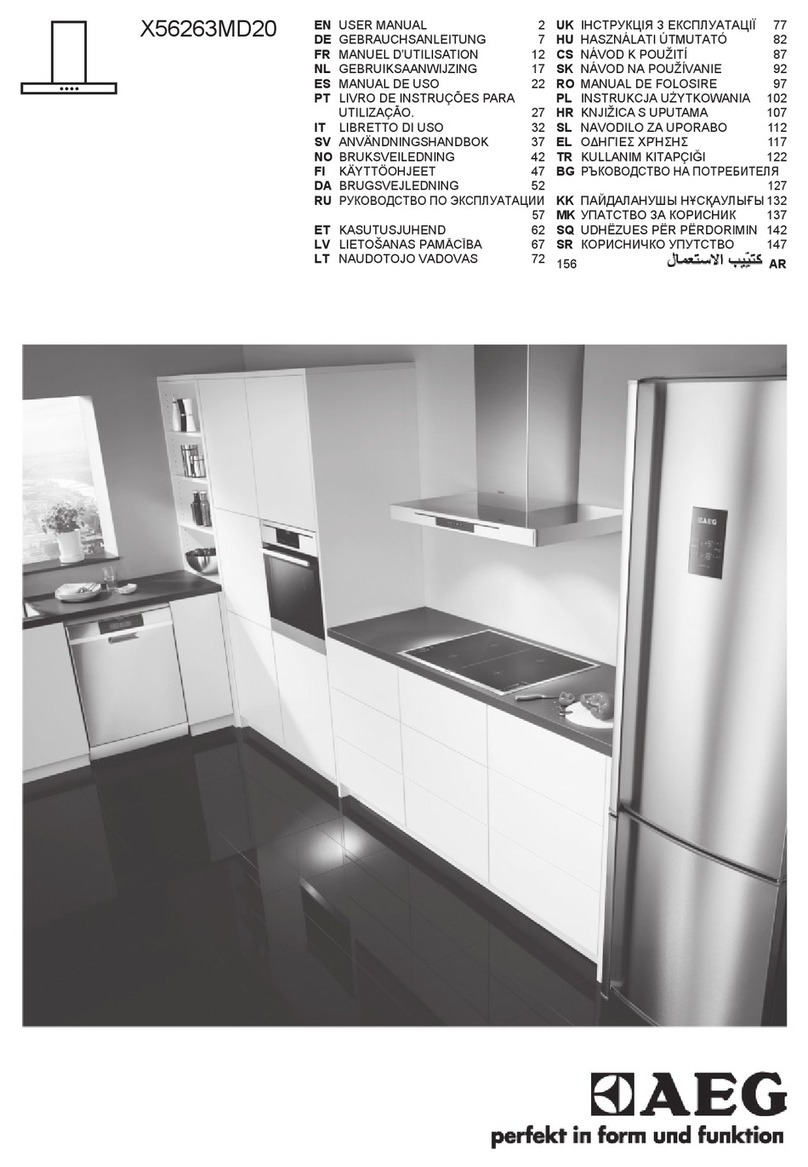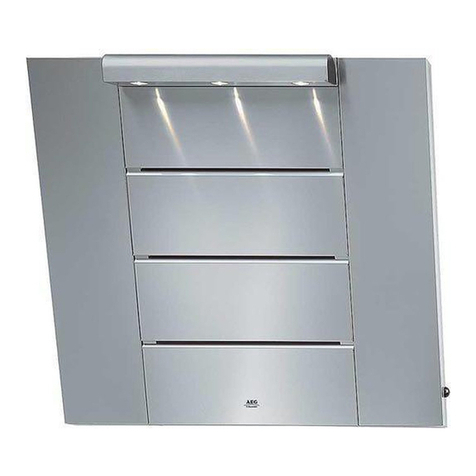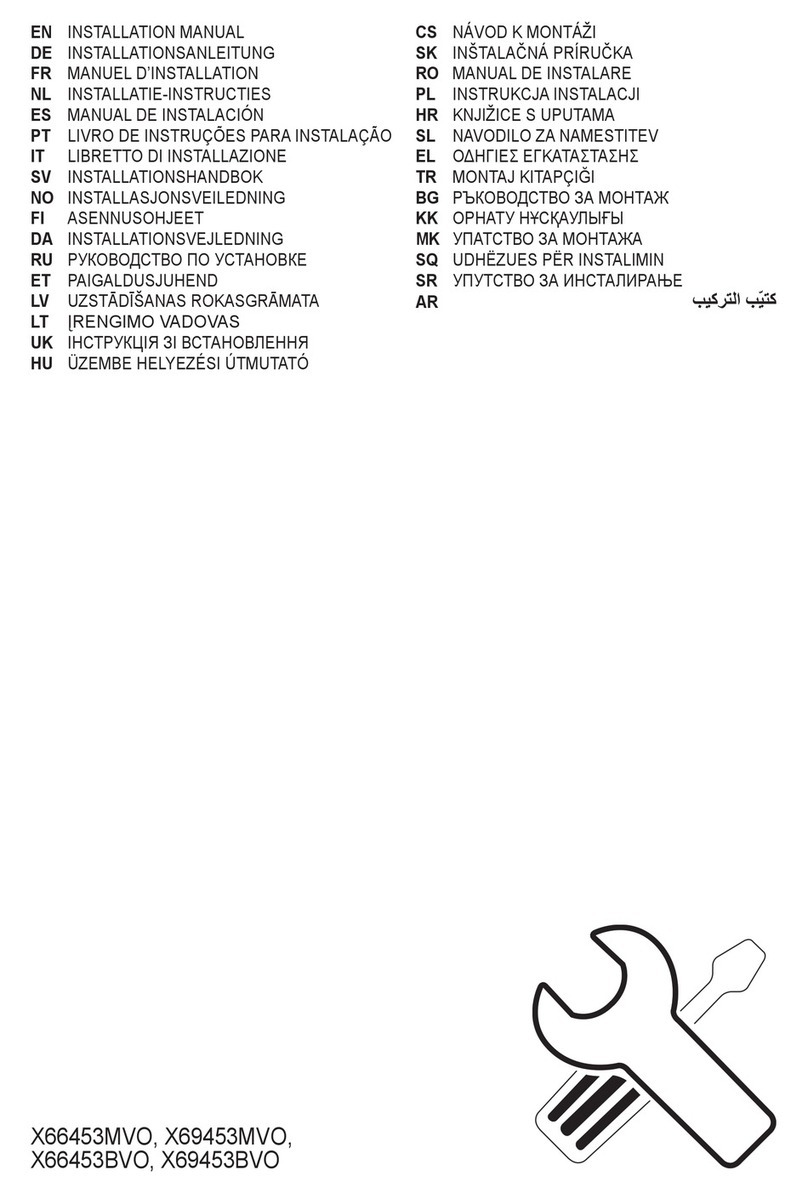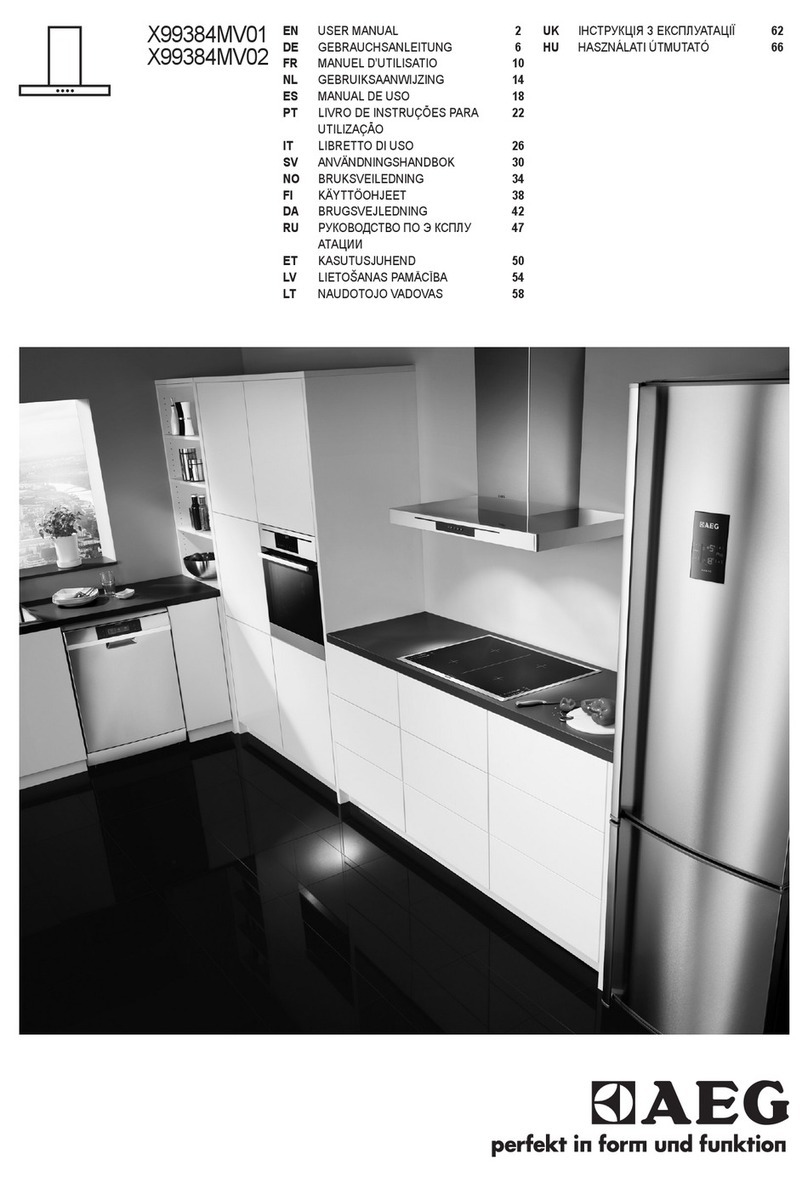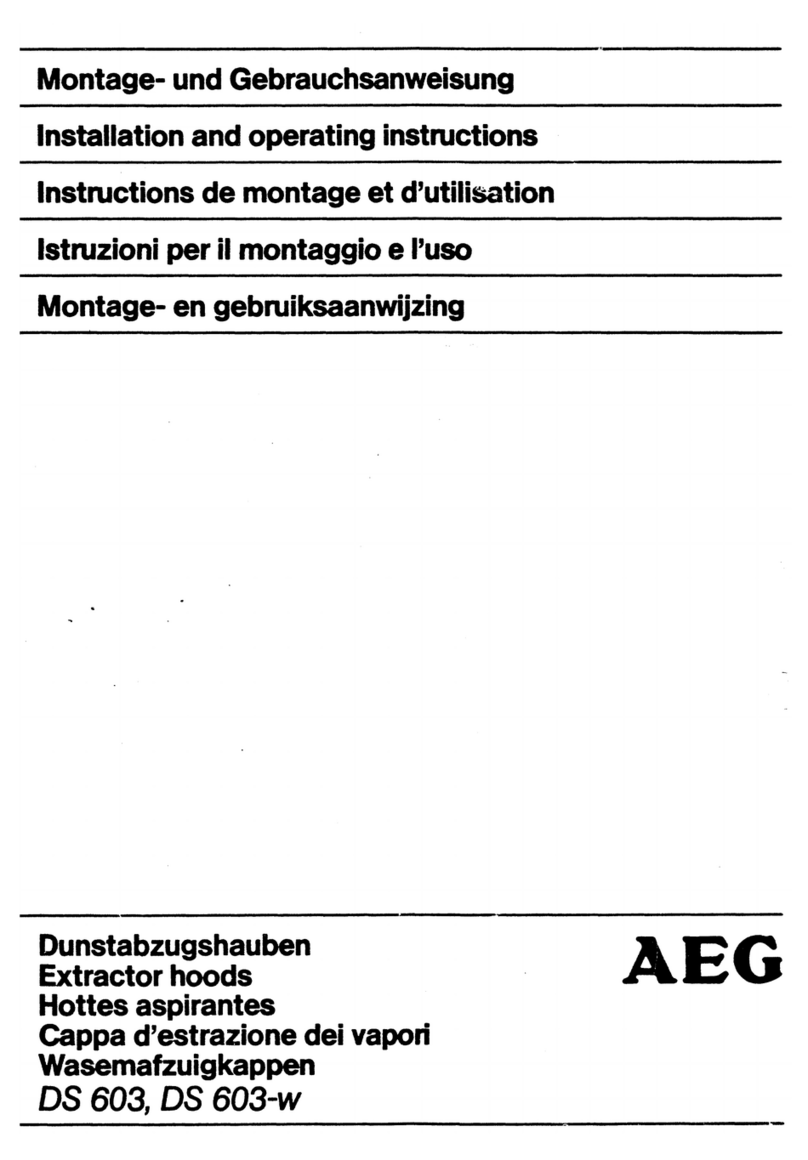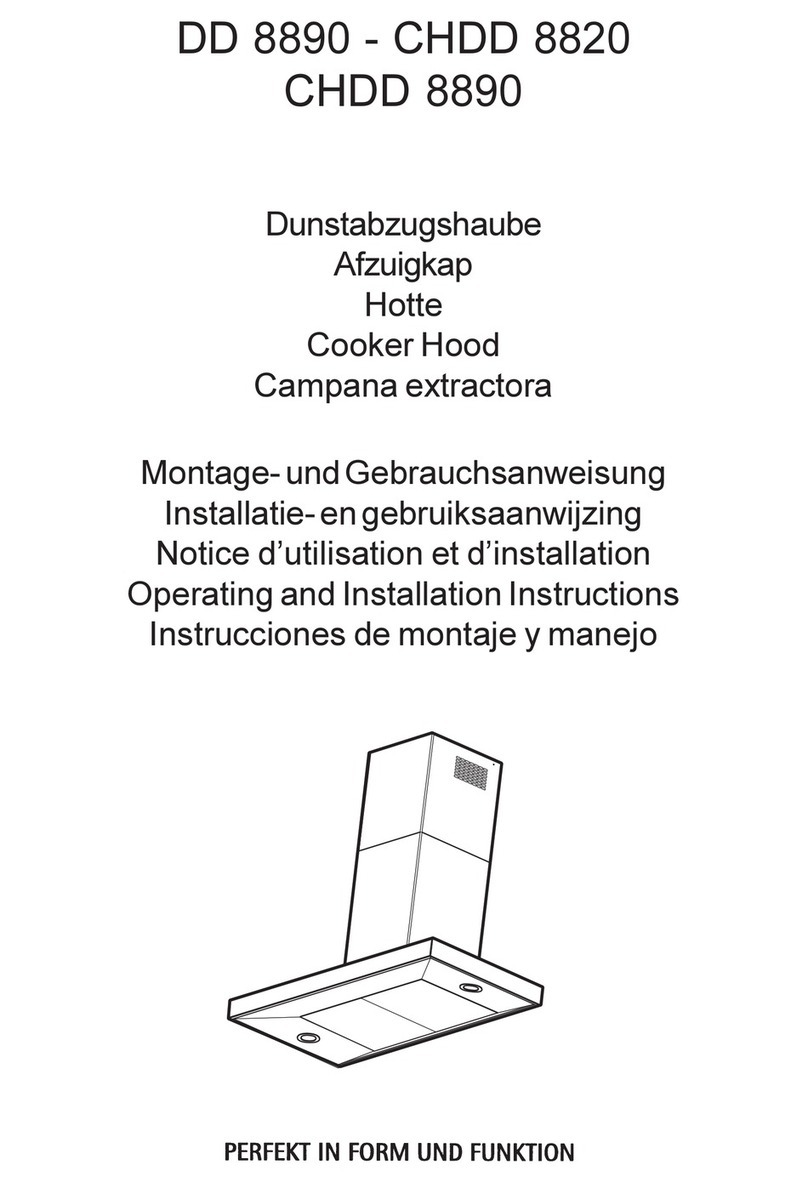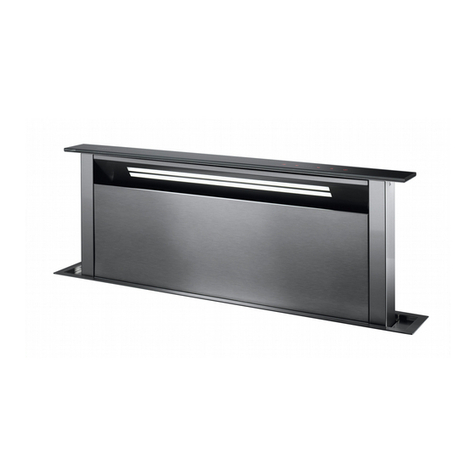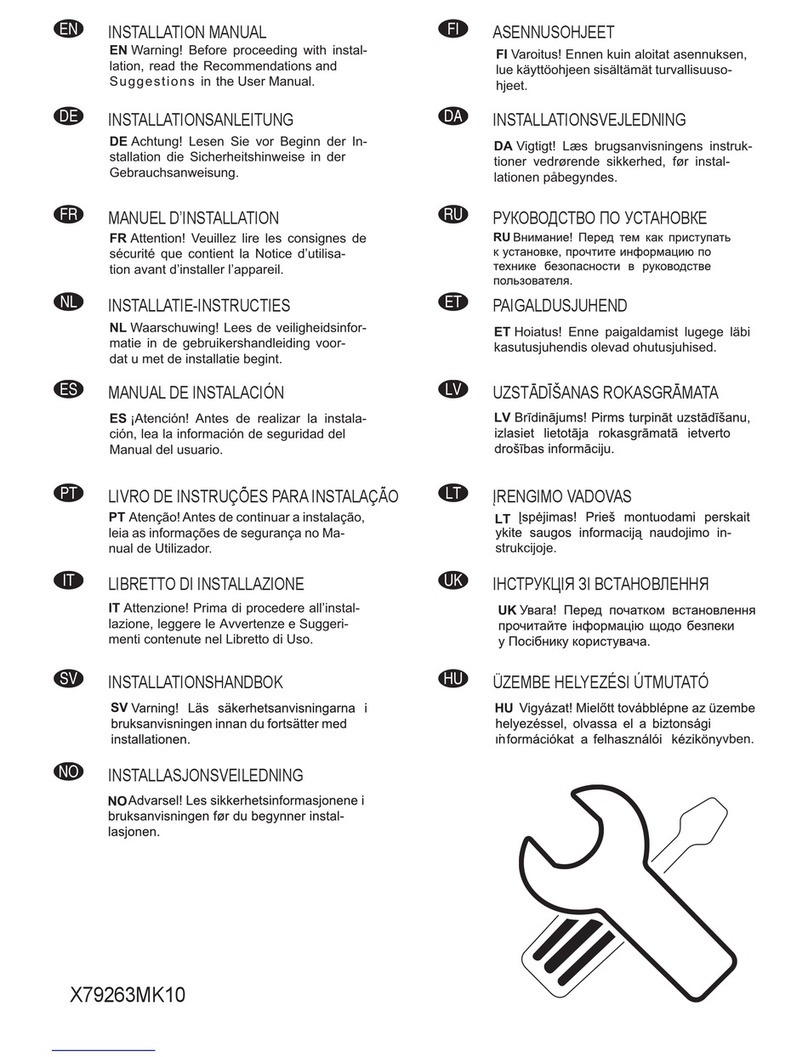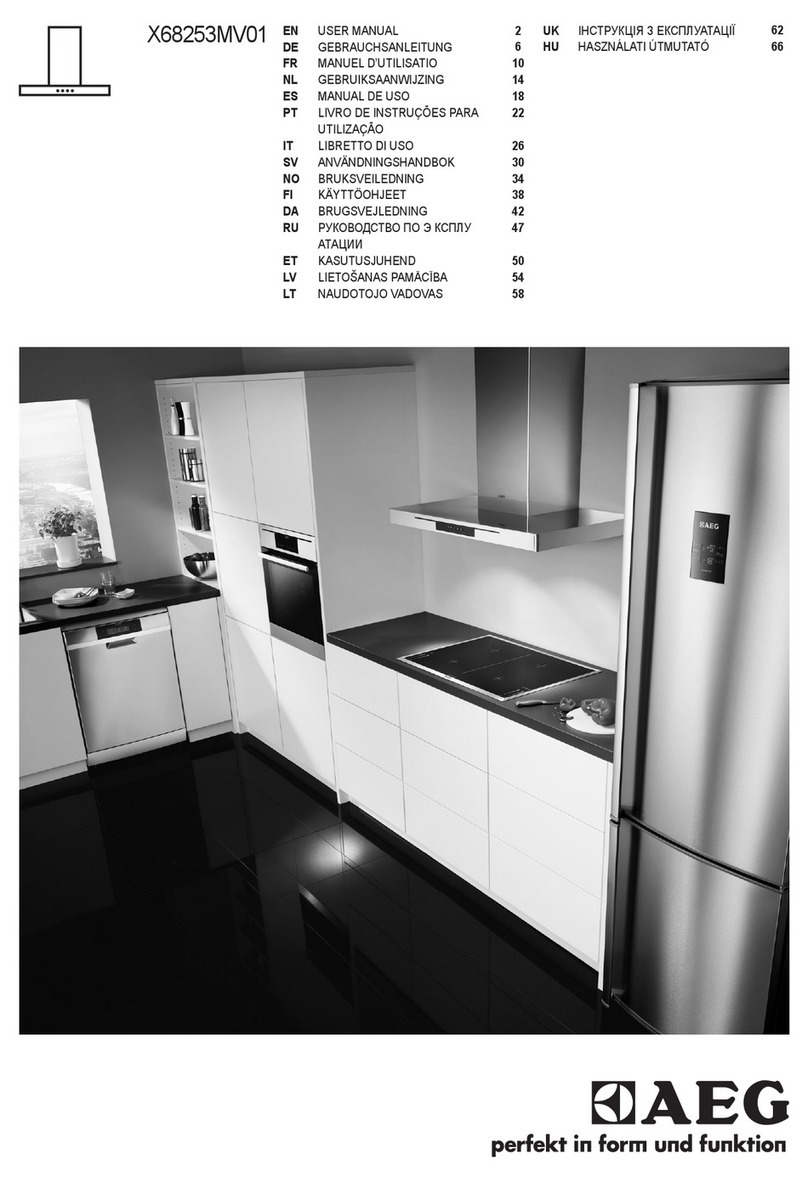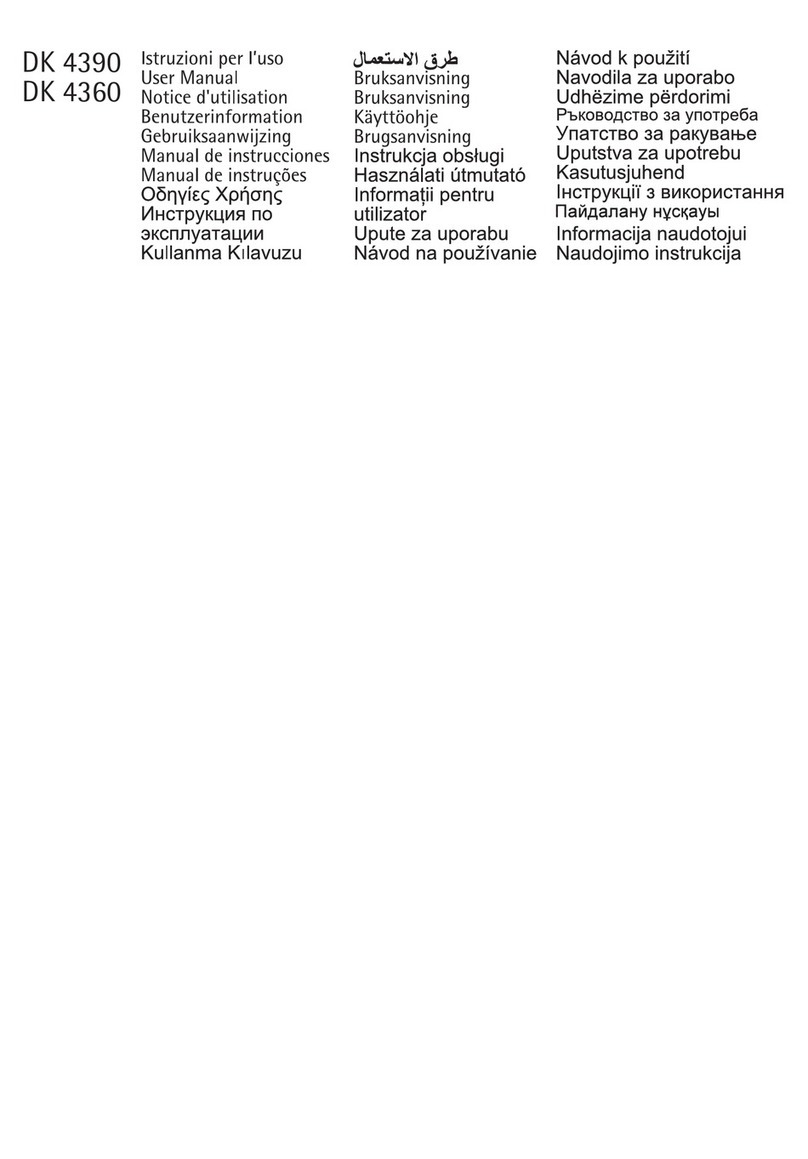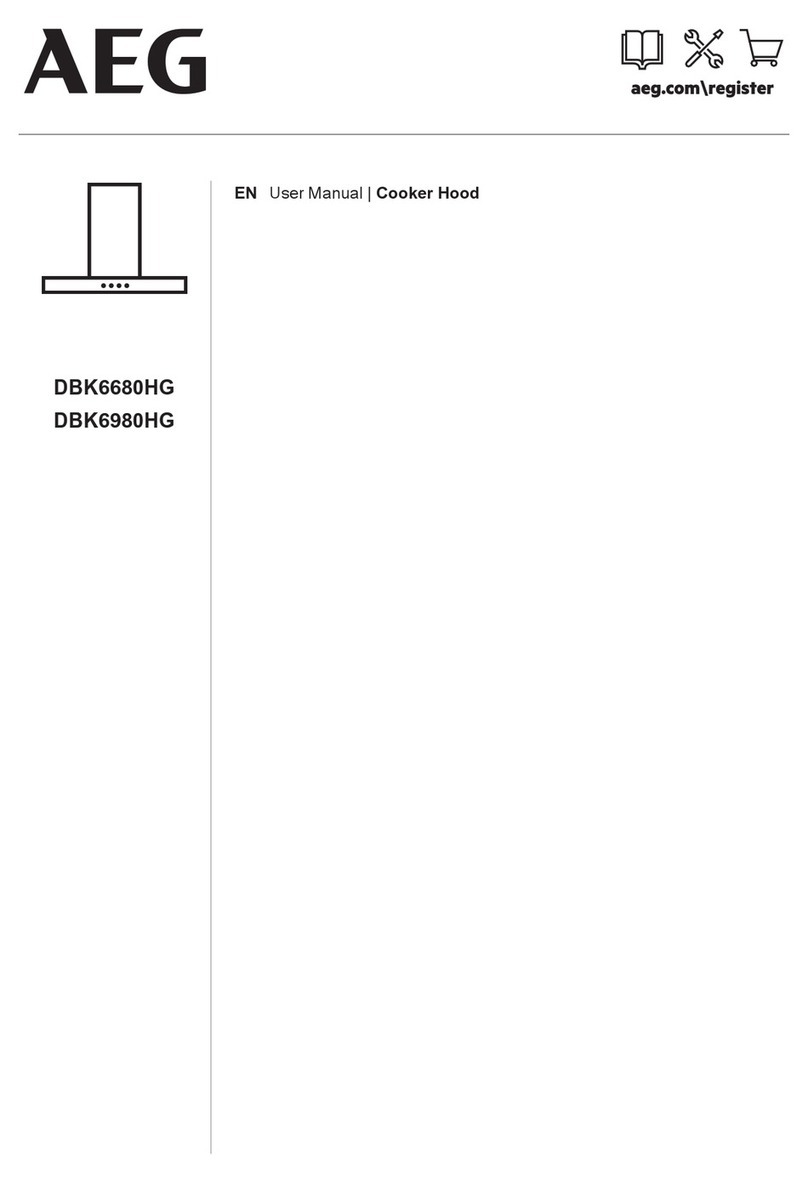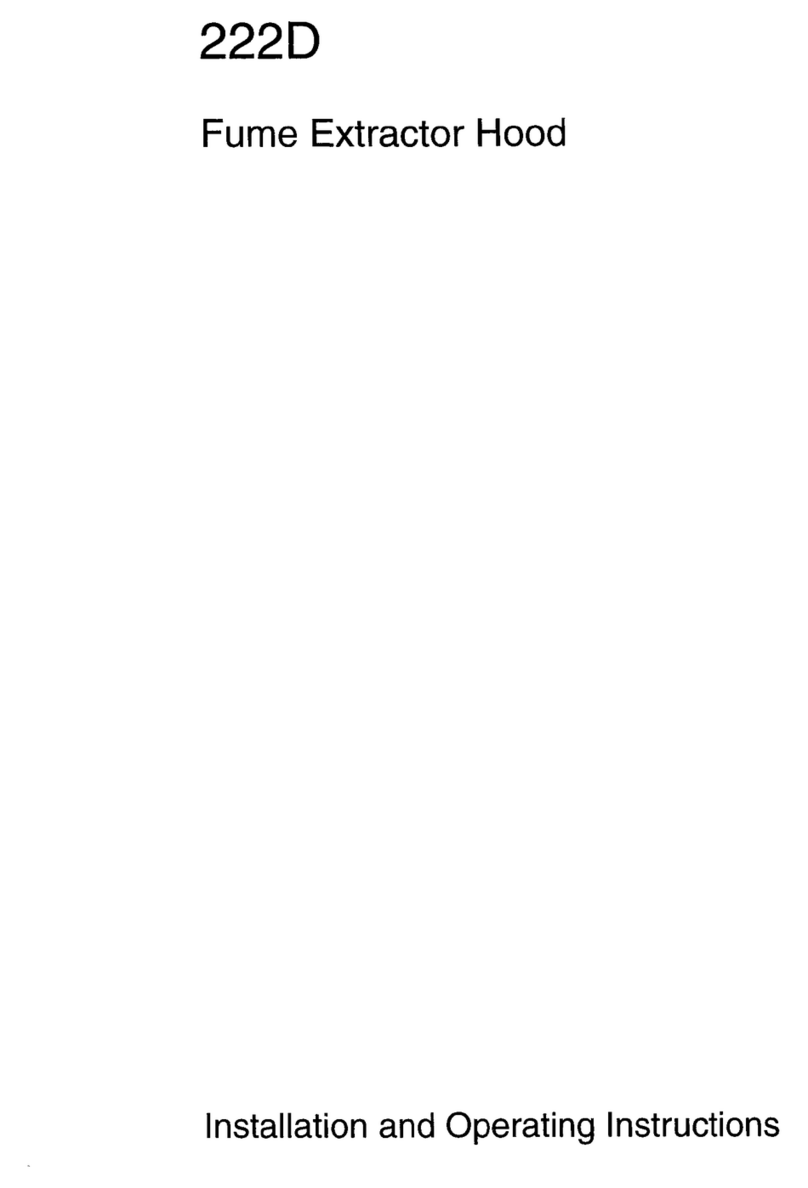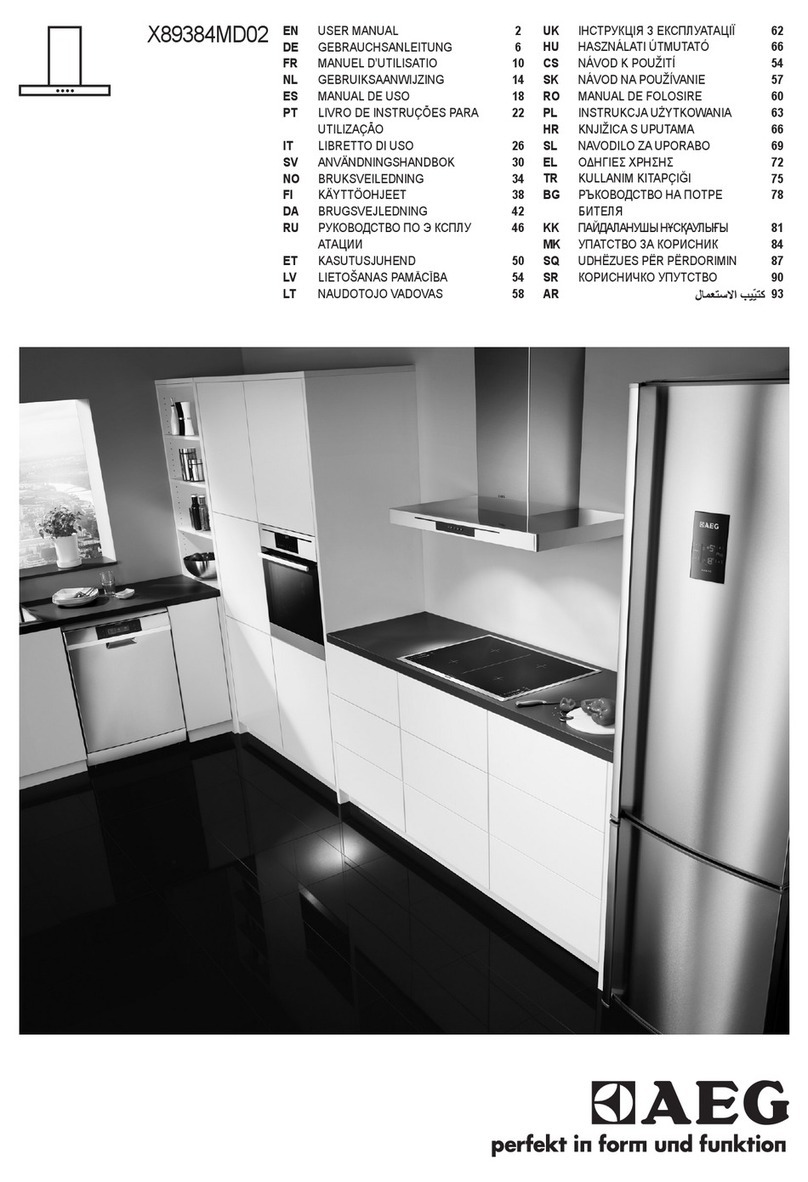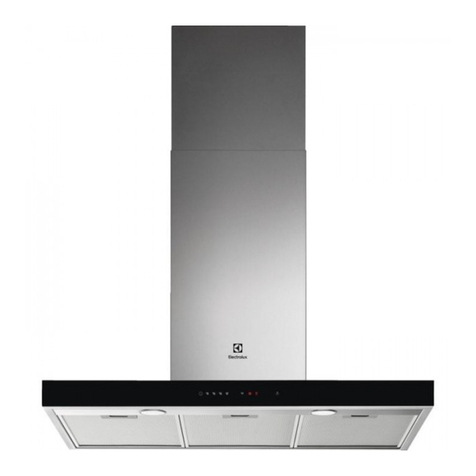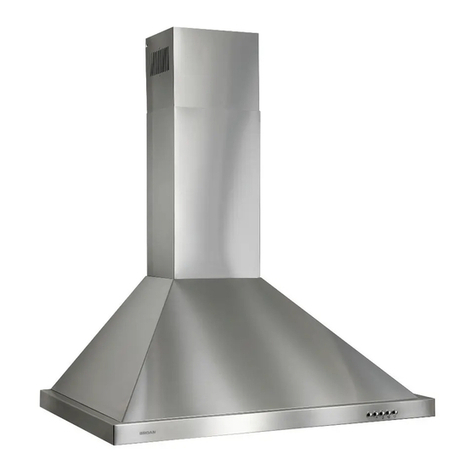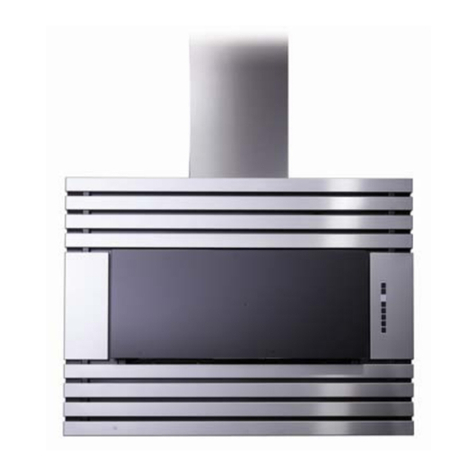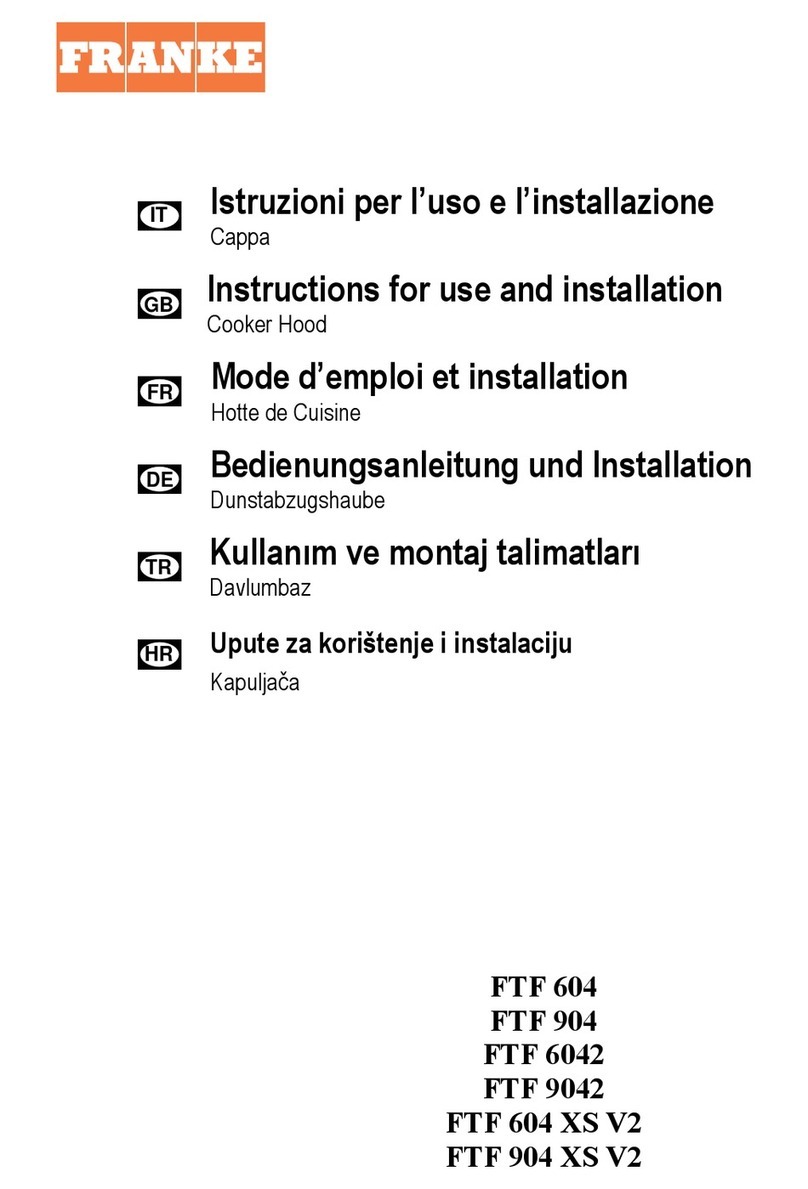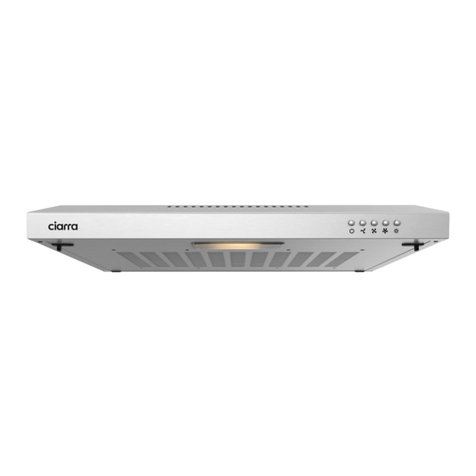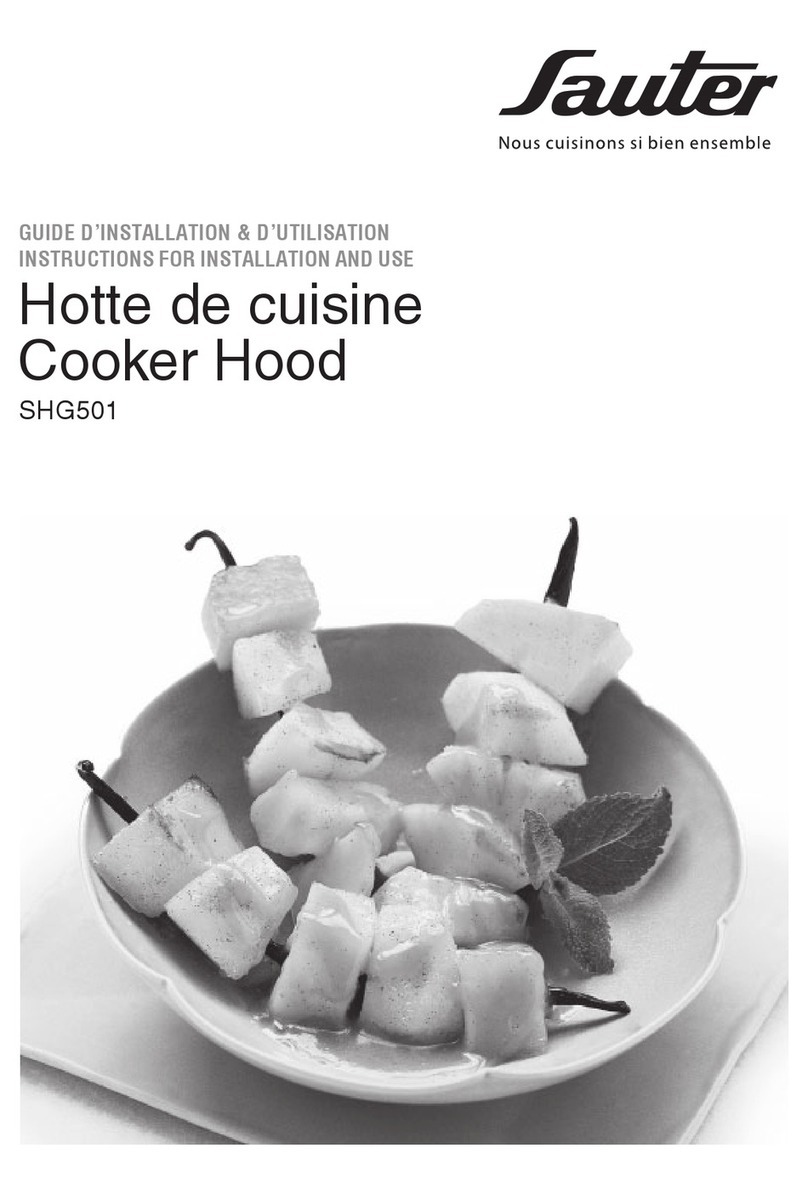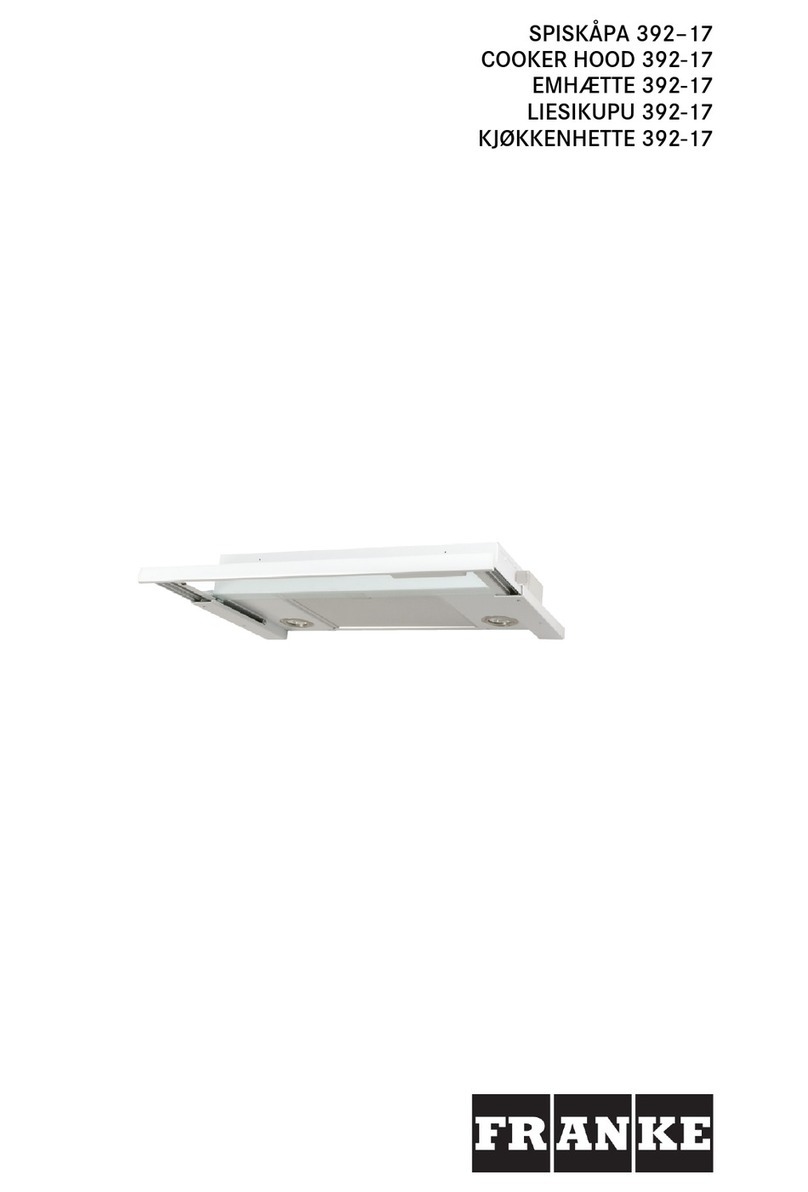9
Guarantee conditions
GuaranteeConditions
AEGofferthe followingguaranteetothefirstpurchaserofthisappliance.
1.Theguarantee is valid for 12monthscommencingwhen the appliance
ishanded over tothe first retail purchaser,whichmustbe verified by
purchaseinvoice orsimilardocumentation.Theguarantee doesnot
covercommercial use.
2. The guarantee covers all parts or components which fail due to faulty
workmanshipor faulty materials.Theguaranteedoes not cover
applianceswhere defects or poorperformancearedue to misuse,
accidentaldamage,neglect, faulty installation, unauthorised
modificationor attempted repair,commercial use or failureto observe
requirementsandrecommendationssetout in the instruction book.This
guaranteedoesnot cover such parts as light bulbs, removableglass-
ware or plastic.
3. Shouldguaranteerepairsbe necessary the purchaser must inform the
nearestcustomer service office(manufacturer`sservice orauthorised
agent).AEG reserves the right to stipulate the place of the repair (i.e.the
customer`s home, place of installation or AEG workshop).
4.Theguarantee or free replacement includesbothlabourand materials.
5.Repairscarried out under guarantee donotextendthe guarantee
periodfor theappliance.Partsremoved duringguaranteerepairs
becometheproperty of AEG.
6.Thepurchaser`sstatutory rights are not affected by this guarantee.
European Guarantee
If you should move to another country within Europe then your guarantee
moves with you to your new home subject to the following qualifications:
-Theguaranteestartsfromthedateyoufirstpurchasedyourproduct.
- The guarantee is for the same period and to the same extent for labour
and parts as exist in the new country of use for this brand or range of
products.
-Thisguaranteerelates to you an cannot be transferredto another user.
-Your new home is within the European Community (EC) or European
FreeTrade Area.
- The product is installed and used in accordance with our instructions and
is only used domestically, i.e.a normal household.
- The product is installed taking into account regulations in your new
country.
